How New Car Engines Are Revolutionizing Fuel Efficiency in 2025
Discover how cutting-edge car engines in 2025 are redefining fuel efficiency through hybrid tech, turbocharging, and sustainable design innovations.

In 2025, the automotive world is witnessing a transformative shift. With increasing pressure to cut emissions and reduce fuel consumption, car manufacturers are investing heavily in new engine technologies. From advanced turbocharging to next-gen hybrid systems, these innovations are not just boosting performancetheyre redefining fuel efficiency across the industry.
This blog explores how new car engines in 2025 are revolutionizing fuel efficiency, the technologies driving the change, and what it means for consumers and the planet.
1. The Push Toward Fuel Efficiency: Why It Matters
Before we dive into the how, its important to understand the why.
Environmental Concerns
Global warming and pollution are compelling reasons for automakers to reduce greenhouse gas emissions. Cars account for nearly 20% of global CO? emissions, making them a major target in climate strategies.
Regulatory Pressure
Stringent fuel economy standards, especially in Europe, the U.S., and parts of Asia, are pushing automakers to innovate. The Corporate Average Fuel Economy (CAFE) standards in the U.S., for instance, now require an average of 49 mpg by 2026.
Consumer Demand
As fuel prices remain unpredictable and environmental awareness grows, buyers are now prioritizing fuel economymaking efficiency a key selling point.
2. Turbocharging 2.0: Power Without the Guzzle
Modern turbocharged engines are not new, but in 2025, theyve become far more refined.
How It Works
Turbochargers use exhaust gases to spin a turbine that forces more air into the engine, increasing power without increasing engine size.
Why Its Efficient
Instead of using a large, gas-hungry engine to generate power, carmakers use smaller engines with turbos. This combination delivers more power per liter of fuel, improving miles per gallon (MPG).
Latest Advancements
-
Variable Geometry Turbochargers (VGT): Improve efficiency at both low and high speeds.
-
Electric Turbos: Nearly eliminate turbo lag and further reduce emissions.
-
Smart Cooling & Heat Recovery: Engine thermal management helps reduce energy loss.
3. Hybrid Engine Evolution: Smarter, Smaller, Stronger
Hybrid vehicles are no longer just fuel-sipping options for city commutersthey're performance beasts with unmatched efficiency.
Micro-Hybrids and Mild Hybrids
In 2025, micro-hybrids (12V48V systems) dominate entry-level segments. These systems use electric power for basic operations like starting the engine or powering AC systems, cutting fuel usage by 1015%.
Full Hybrids
Cars like the 2025 Toyota Prius and Hyundai Ioniq now feature intelligent energy management systems that can predict driver behavior and terrain. They alternate seamlessly between electric and gas power to maximize efficiency.
Plug-in Hybrids (PHEVs)
New PHEVs can travel over 70 miles on electric-only power, reducing fuel consumption drastically for city drivers. Engine improvements in 2025 allow even the gas component of these hybrids to run at thermal efficiencies over 40%, an industry milestone.
4. Variable Compression Ratio Engines: The Best of Both Worlds
One of the most exciting breakthroughs in 2025 is the variable compression ratio (VCR) enginelike Nissans VC-Turbo engine.
What It Does
A VCR engine can change its compression ratio on the flyhigher for efficiency, lower for power.
Why Its Revolutionary
This lets engines operate efficiently during cruising and switch to performance mode when needed, giving you the fuel savings of a small engine and the punch of a larger one.
5. Cylinder Deactivation and Engine Downsizing
Reducing engine size is a major trend, but automakers are going further with cylinder deactivation.
How It Works
In situations where full power isnt needed (e.g., highway cruising), the engine shuts off some of its cylinders. For instance, a V8 might run as a V4.
Benefits in 2025
-
Improved MPG by up to 20% in highway conditions
-
Seamless reactivation using smart hydraulic systems
-
Integrated with turbo systems for improved transition between modes
6. Electric Boost and Regenerative Energy in ICE Vehicles
Even traditional Internal Combustion Engine (ICE) vehicles are now adopting electrification elements.
Regenerative Braking
Already common in hybrids, this system captures kinetic energy during braking and repurposes it. New systems in 2025 are 30% more efficient, storing energy faster and using it more intelligently.
Electric Superchargers
Unlike exhaust-driven turbos, these use stored electric energy to provide an instant power boost without increasing fuel usage.
7. Lightweight Materials and Aerodynamic Enhancements
Its not all about the engine itself. Supporting tech plays a big role.
Lightweight Construction
Aluminum alloys, carbon fiber, and high-strength plastics reduce overall vehicle weight, letting smaller, more efficient engines do the same job with less fuel.
Aerodynamic Design
Active grille shutters, air dams, and sleek body lines now come standardeven in budget modelsreducing drag and improving MPG.
8. AI-Driven Engine Management Systems
Artificial intelligence is revolutionizing how engines operate in real time.
Smart Throttle Management
AI algorithms adjust throttle input based on terrain, driving habits, and traffic databalancing power with economy.
Predictive Gear Shifting
Modern transmissions use AI to shift gears at the exact moment for best fuel use, sometimes improving efficiency by 1015%.
Adaptive Cruise and Eco Modes
These smart systems optimize acceleration, braking, and even A/C use for minimal fuel drain.
9. Synthetic and Bio-Based Fuels
New engines are also being designed to work with alternative fuels.
Synthetic Fuels (e-Fuels)
Created using renewable electricity and captured CO?, synthetic fuels burn cleaner and can work with modified internal combustion engines.
Biofuels
Bioethanol and biodiesel blends are now compatible with many 2025 engines, providing greener options without compromising fuel economy.
10. What This Means for Drivers
Heres how all this technology impacts everyday drivers in 2025:
-
Lower Fuel Costs: Many 2025 models now exceed 5060 mpg, reducing annual fuel expenses significantly.
-
Fewer Emissions: Carbon output from the average car is 2530% lower than it was in 2020.
-
Performance & Comfort: Efficiency no longer comes at the cost of performance. Turbocharged hybrids deliver both speed and savings.
-
Resale Value: Vehicles with high-efficiency engines maintain better value in a fuel-conscious market.
11. The Future Beyond 2025
As we move toward 2030, the lines between electric vehicles (EVs), hybrids, and ICE cars will continue to blur. Expect to see:
-
Full hybridization of all combustion engines
-
Greater reliance on AI and cloud-based fuel management
-
Engine designs optimized for hydrogen combustion
-
Seamless integration with renewable fuel sources
Final Thoughts
Fuel efficiency in 2025 isnt just about squeezing more miles out of a gallonits about redesigning the driving experience from the ground up. Thanks to innovations like variable compression, AI-powered systems, hybrid tech, and smarter turbocharging, todays car engines are doing more with lesssaving fuel, cutting emissions, and offering a smoother, smarter drive.
Whether you're an eco-conscious buyer or simply looking to save at the pump, the revolution in car engine technology ensures theres never been a better time to get behind the wheel.











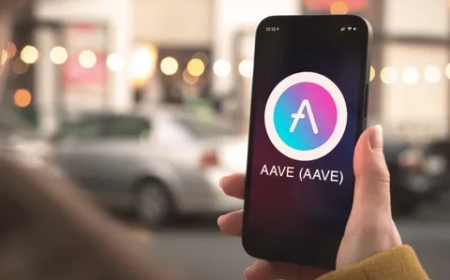









![Top 11 Real Estate Mobile App Developers in Riyadh, Saudi Arabia [2025 Edition]](https://www.philadelphialivenews.com/uploads/images/202506/image_430x256_68621a9e48997.jpg)












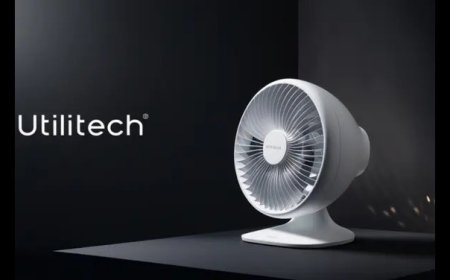




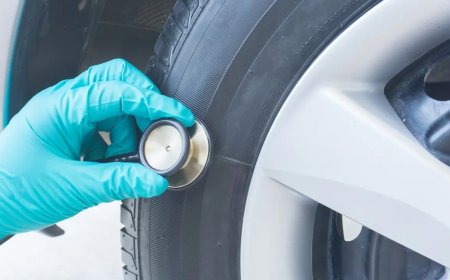
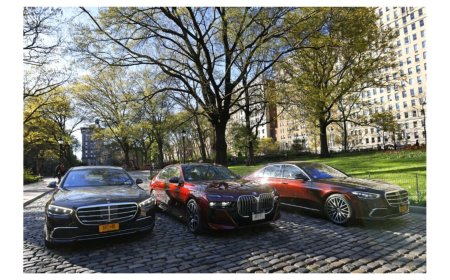

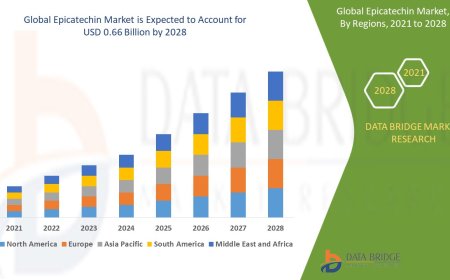


![Top 11 Real Estate Mobile App Developers in Riyadh, Saudi Arabia [2025 Edition]](https://www.philadelphialivenews.com/uploads/images/202506/image_140x98_68621a9e4a204.jpg)
